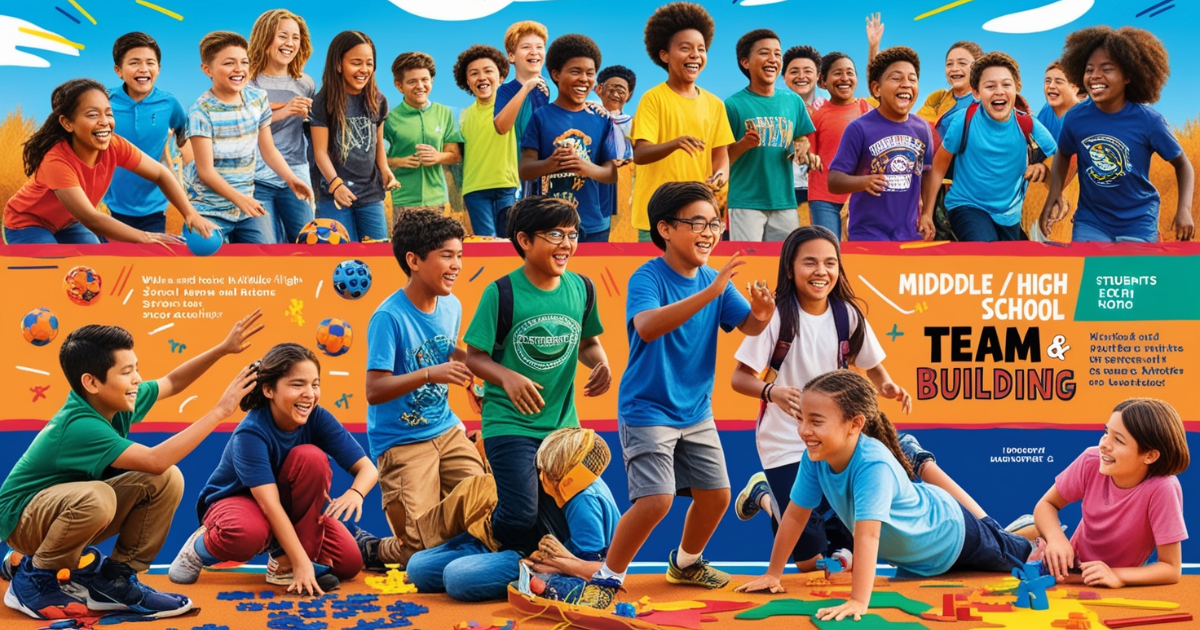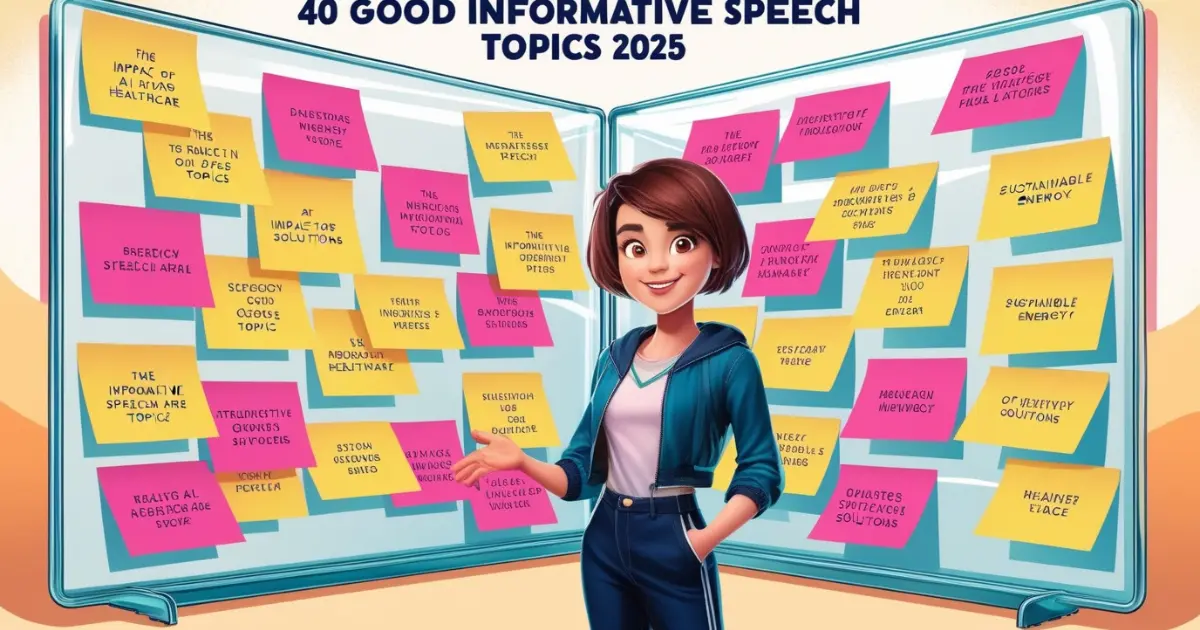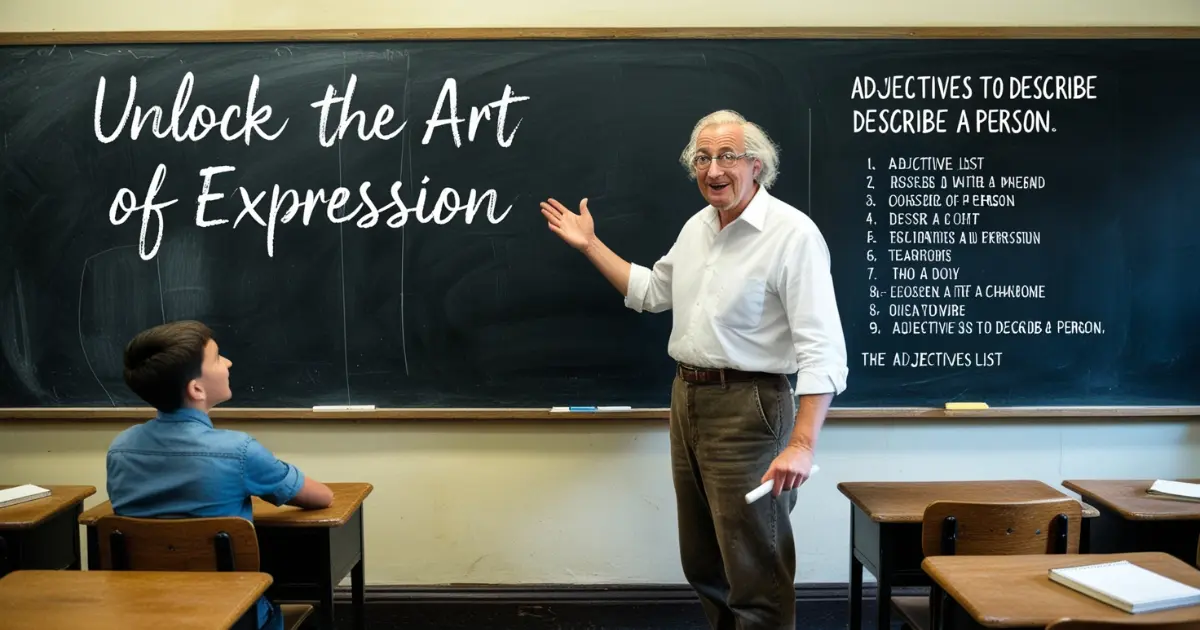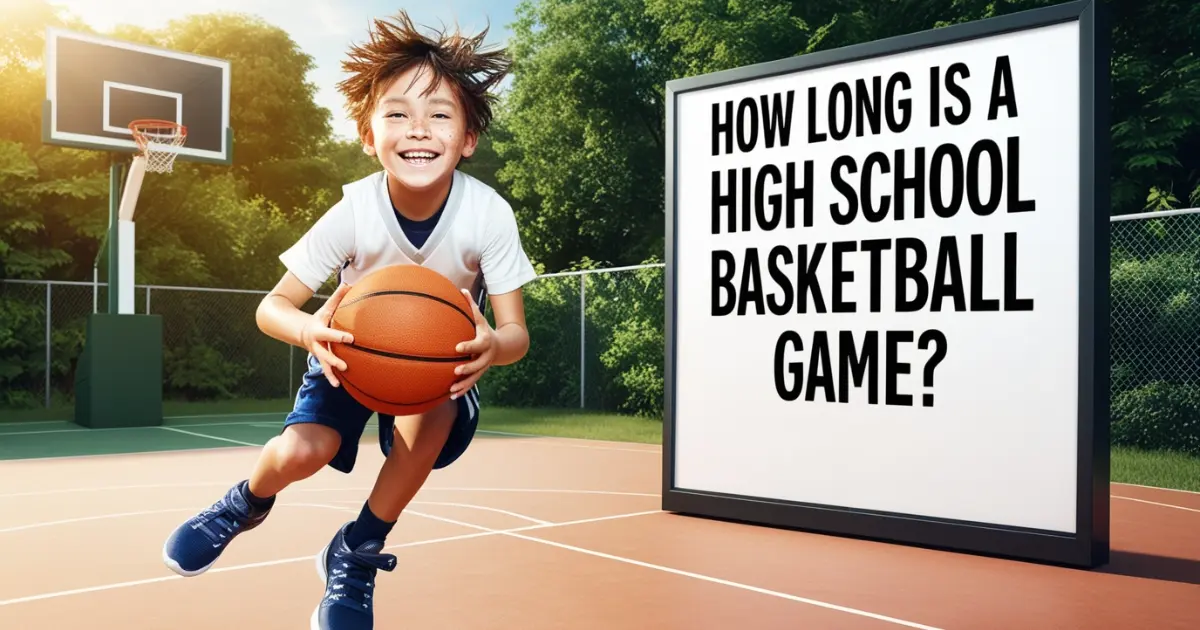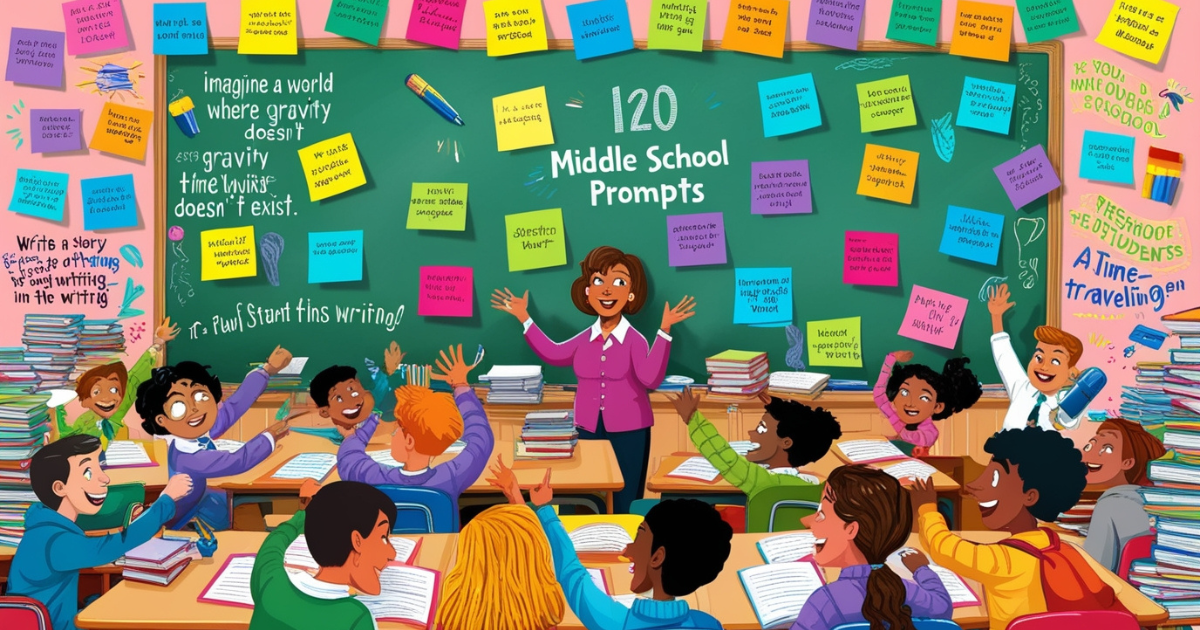Team Building Activities for Kids & Middle/High School Students
Team building activities for kids and middle/high school students are fun, interactive games that help develop essential life skills such as communication, collaboration, and trust. These activities encourage teamwork and create strong bonds among participants, making them ideal for classrooms, youth groups, or even family gatherings. In this blog, we’ll explore a variety of team-building activities tailored to different age groups, their benefits, and tips for organizing them effectively.
Why are team-building activities important?
Team-building activities are much more than just fun with others. They are important, because they:
- Promote cooperation: Teach children and youth to work together for a common goal.
- Build trust: Gradually make the participants rely on each other and thus strengthen bonds.
- Assist in developing communication skills: Improve verbal and non-verbal communication skills.
- Motivate problem-solving skills: Improve critical thinking amongst them by solving problems together.
- Confidence Boost: Make them feel proud of themselves by doing stuff together.
Whatever type of team-building activities for kids, middle schoolers, or high schoolers you are planning, always look for games that are relevant to the developmental needs of the age group in question.
Team-Building Games for Kids (Age 6–12)
At such a young age, they enjoy activities that allow for simple collaboration and are just fun. Here are some great team-building games for kids:
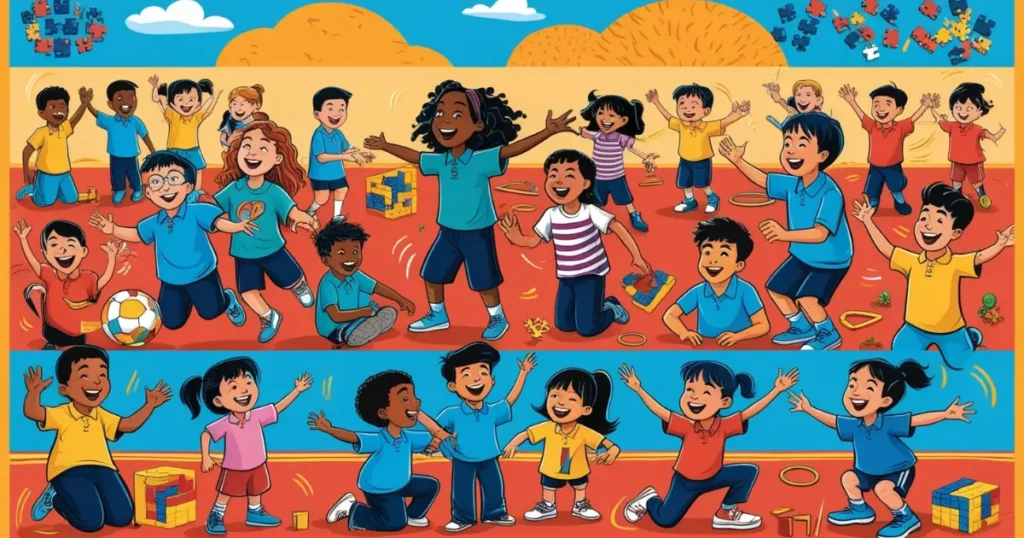
Human Knot
- How to Play: The players hold hands with someone across the circle, not beside them, then try to untangle themselves in a circle without breaking the chain.
- Benefits: It helps improve the problem-solving skills and promotes teamwork.
Obstacle Course
- How to Play: Set up a course of objects to climb over, crawl under, or jump over. Place two kids together, with one of them blindfolded and the other guiding them verbally.
- Benefits: Develops trust and communication.
Hula Hoop Pass
- How to Play: Players stand in a circle, holding hands. A hula hoop is passed around the circle without anyone letting go of their hands.
- Benefits: Encourages teamwork and coordination.
Scavenger Hunt
- How to Play: Divide players into small groups and provide them with a list of items to search for or activities to perform. Add riddles or clues for a twist.
- Benefits: This game stimulates strategic thinking and team play.
Three-Legged Race
- How to Play:Tie one leg of each player to his partner’s leg, forming a “three-legged” team. They must work together in order to walk or run to the finish line.
Benefits: Develops cooperation and physical coordination.
Team Building Activities for Middle School Students (Ages 12–14)
Middle school students love activities that test their problem-solving and teamwork skills. Here are a few popular options:
Tug of War
How to Play:
Divide the group into two teams. Each team pulls on opposite ends of a rope, trying to pull the other team over the designated line.
- Benefits: Enhances teamwork and physical endurance.
Egg Drop Challenge
- How to Play: Teams have to build a device that protects an egg from breaking when it falls from a height. Straws, tape, and paper are given as material.
- Benefits: It encourages creativity and teamwork.
Group Jump Rope
- How to Play: Divide the students into small groups. Then, have them jump over the rope together without missing a beat.
- Benefits: It enhances coordination and creates teamwork.
Tower Building
- How to Play: Give materials such as spaghetti sticks and marshmallows to teams. Teams compete to raise the tallest tower within the time limit.
- Benefits: Enhances critical thinking as well as team collaboration.
Team Building Activities for High School Students (14–18 years)
Teenagers aged in high school would appreciate more demanding, tactical and leadership games. They could have most fun in playing the following games that can build closer ties below:
Escape Room Challenge
- How to Play: Prepare an “escape room” challenge. Some puzzles or riddles need to be solved in a type of an “escape room”-challenge. In groups, “escape” before time expires.
- Benefits: Rouses one’s problem-solving ability with sharpening, also develops cooperation.
Debate Challenge
- How to Play: Put the students in groups, giving each a debate topic. Both groups must provide argumentated reasoning on behalf of each group’s claim.
- Benefits: Enhanced communication, thinking critically, and public speaking.
Role Reversal
- How to Play:
Teams play different scenarios in which they enact reverse roles-for instance, pupils pretend to be lecturers or parents; they then proceed to address different issues with the change. - Benefits: Enhance empathy and teamwork.
Community Service Project
- How to Play: Organize teams to engage in a community service task, like planting trees or cleaning up a park. Teams are rewarded for their effort and teamwork.
- Benefits: Creates social responsibility and teamwork.
How to Plan Team-Building Activities
- Know Your Audience: Choose games based on their age, interests, and abilities.
- Set Clear Rules: Establish the purpose and rules of the activity to all participants.
- Give Feedback: At the end of each activity, discuss what went right and what could be done better.
- Inclusive Participation: Ensure that everyone has a sense of belonging.
Common Errors
- Complex Activities: Keep things very simple, especially for children.
- Exclusion: Involve all participants, whatever their capability.
- Lack of Reflection: Always have a debrief to reinforce the takeaways.
Social Media Table
| Platform | Example Post Idea | Engagement Tip |
|---|---|---|
| Photos of kids enjoying team games | Use hashtags like #TeamBuildingForKids | |
| Organize a live Q&A on team-building | Promote events to parents and teachers | |
| Infographics on team-building benefits | Pin links to activity guides |
Facts About Team-Building Activities .
- Team-building games improve the ability to solve problems by 30%. –
Students with a record of taking part in group activities will have higher academic performance. - Fun team games help minimize stress and increase relationships with peers.
Conclusion
Team-building activities for kids and middle/high school students are indeed a great way to bring about collaboration, communication, and trust. Whether it’s organizing games for a class or a youth group, these activities are sure to leave a long-lasting positive impact. Incorporating simple yet engaging challenges will not only make for fun experiences but also help nurture very important life skills in young minds.
FAQs
What is the best team-building activity for kids?
The Human Knot is a favorite because it’s simple, fun, and teaches teamwork.
How do team-building activities benefit high school students?
They improve leadership, problem-solving, and communication skills, preparing teens for future challenges.
Can team-building activities be done indoors?
Yes, indeed, scavenger hunts, escape rooms, and other similar activities are best suited for an indoor setup.

